My Jacaranda Has Yellow Leaves – Reasons For Yellowing Jacaranda Trees
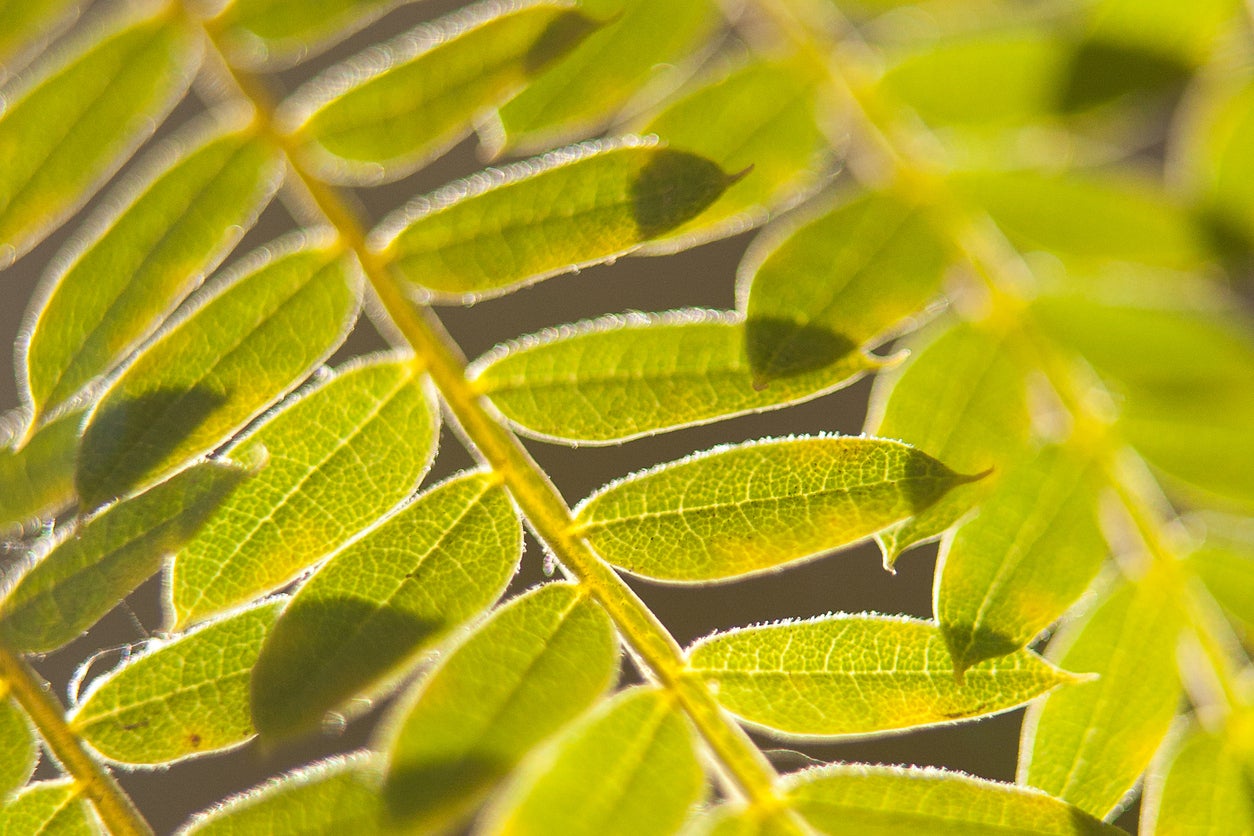
If you have a jacaranda tree that has yellow leaves, you’ve come to the right spot. There are a few reasons for a yellowing jacaranda. Treating a yellow jacaranda means you need to do a little detective work to figure out why the jacaranda leaves are turning yellow. Read on to find out what to do about a jacaranda turning yellow.
Why are My Jacaranda Leaves Turning Yellow?
Jacaranda is a genus of 49 species of flowering plants native to tropical and subtropical areas. They thrive in full sun and sandy soil and once established are fairly drought tolerant with few insect or disease issues. That said, they can, especially young and newly transplanted trees, begin to turn yellow and drop leaves.
Young plants are also more susceptible to cold temperatures than mature trees. Mature plants can survive down to 19 degrees F. (-7 C.) while tender young trees may not survive such temperature dips. If your region gets this cold, it is advisable to move the tree indoors where it will be protected from the cold.
If the jacaranda has yellow leaves due to a lack or surfeit of water, there are a couple of ways to try and treat the problem. First, you need to identify if the issue is too much or too little water. If the jacaranda is stressed from too little water the leaves yellow, wilt, and drop prematurely.
Those getting too much water are more likely to have smaller than normal leaves, branch tip die-off, and premature leaf drop. Overwatering also leaches minerals from the soil, which may be a factor with a sick tree.
Treating a Yellow Jacaranda
During the spring and summer months, jacaranda should be watered slowly and deeply once every two weeks. During winter when the trees are dormant, water just once or twice.
Don’t water at the base of the trunk but rather around the dripline where rain naturally falls from the outer branches. Watering at the trunk may foster fungal infections. Apply a layer of mulch around the tree as well to retain moisture and keep roots cool; keep the mulch away from the trunk, however.
Gardening tips, videos, info and more delivered right to your inbox!
Sign up for the Gardening Know How newsletter today and receive a free copy of our e-book "How to Grow Delicious Tomatoes".
On the note of fungal diseases, be sure to plant the tree so the crown is not immersed in a hole that might hold water, resulting in crown rot.
If the problem does not seem to be related to irrigating, it might be due to excessive fertilizing. Overfertilizing may result in a jacaranda that has yellow leaves, specifically yellowing leaf edges and dead leaf tips. This is because of an excess or buildup of minerals or salts in the soil. A soil test is the only sure way to diagnose this problem.
Folks that keep their jacaranda indoors during winter months due to chilly temperatures need to be sure to harden off the tree before moving outside for the summer. This means moving it outside into a shaded area during the day and then back in at night, and then into an area with morning light and so on for a couple of weeks, gradually exposing the plant to full sun.
Lastly, if a yellowing jacaranda is a recently transplanted sapling, the issue may be transplant shock. Try slowly watering in regular applications of either a B vitamin or Superthrive every few days until the tree looks better and has established.

Amy Grant has been gardening for 30 years and writing for 15. A professional chef and caterer, Amy's area of expertise is culinary gardening.
-
 Looking For Plants To Give You The Soft And Fuzzies? Try These 5 Fuzzy Leaf Plant Options
Looking For Plants To Give You The Soft And Fuzzies? Try These 5 Fuzzy Leaf Plant OptionsLovers of texture, drama, silver foliage and tactile plants will adore these special sensory garden additions. These fuzzy leaf plant options will leave you all aglow
By Susan Albert
-
 Get Ready For A Summer Of Hummers! Grow These Full Sun Hummingbird Plants and Flowers
Get Ready For A Summer Of Hummers! Grow These Full Sun Hummingbird Plants and FlowersIf you’re lucky enough to enjoy a sunny backyard, make sure you are maxing out on your pollinator opportunities and grow these full sun hummingbird plants and flowers
By Tonya Barnett
-
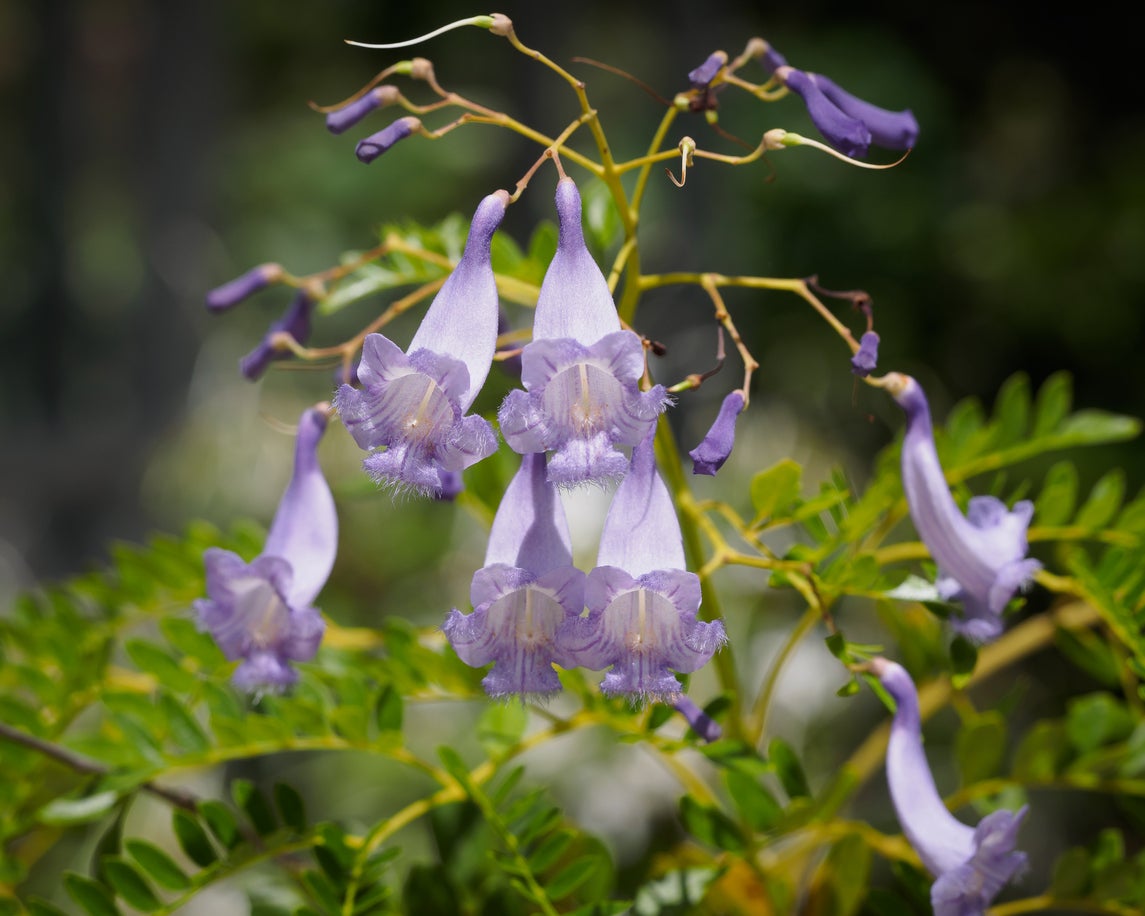 Potted Jacaranda Trees – How To Grow Jacaranda In A Pot
Potted Jacaranda Trees – How To Grow Jacaranda In A PotJacaranda has become a popular ornamental tree in tropical or semi-tropical regions. In cooler zones, potted jacaranda trees can adorn porches or patios when taken indoors through the winter. Click this article to learn more about growing jacaranda in a container.
By Darcy Larum
-
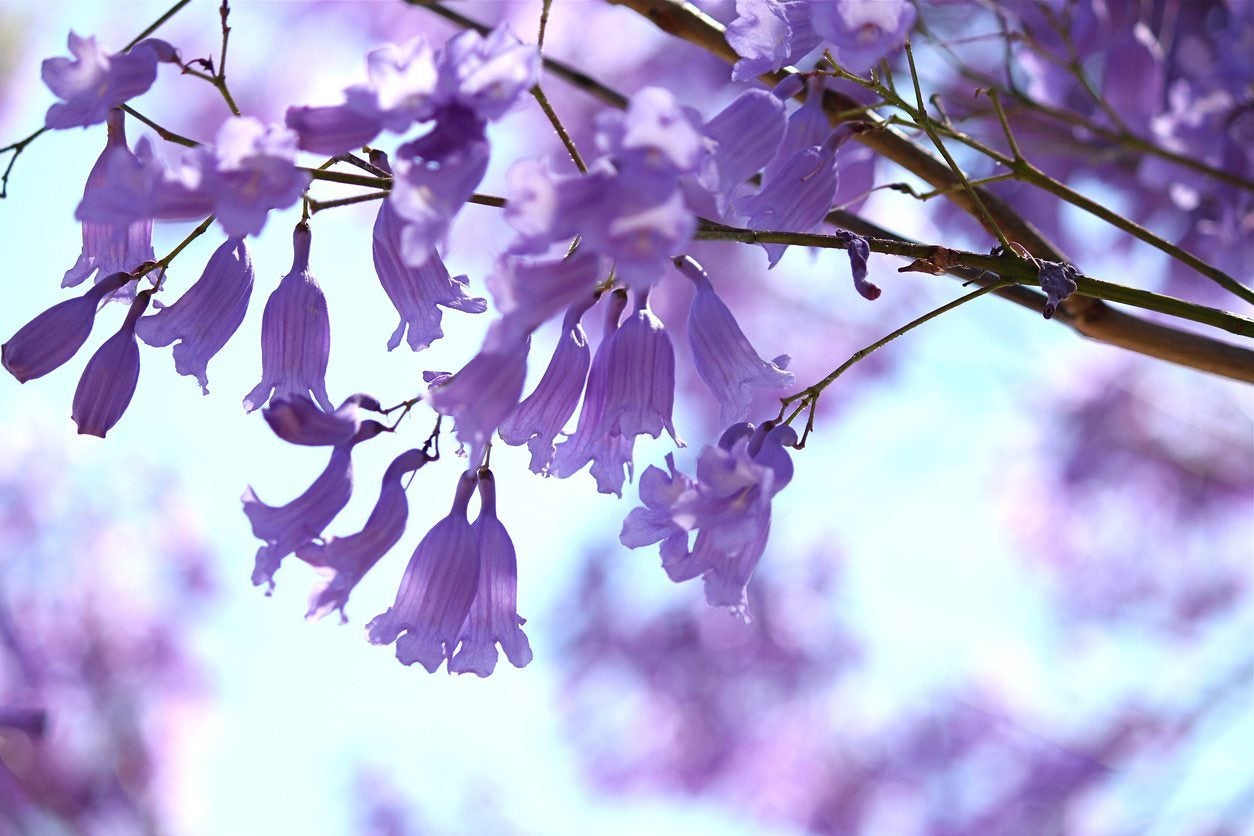 Jacaranda Tree Not Blooming: Tips On Making A Jacaranda Bloom
Jacaranda Tree Not Blooming: Tips On Making A Jacaranda BloomJacarandas can be fickle trees, and making a jacaranda bloom can be a challenge. Even a tree that has bloomed abundantly in past years may fail to bloom. If you are wondering how to get a jacaranda to bloom, this article will tell you what you need to know.
By Ilana Goldowitz Jimenez
-
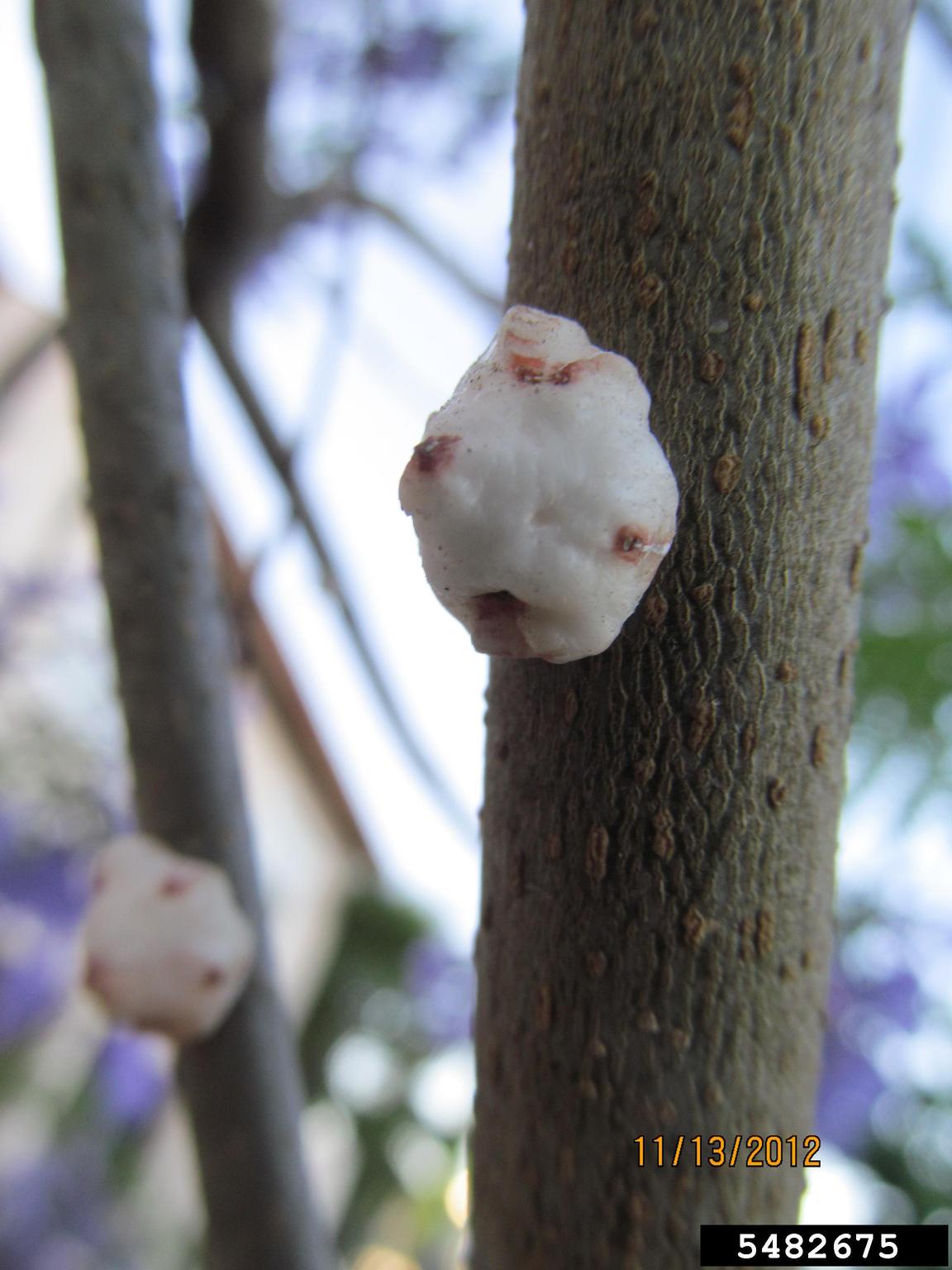 Troubleshooting Jacaranda Tree Problems: Caring For Ailing Jacaranda Trees
Troubleshooting Jacaranda Tree Problems: Caring For Ailing Jacaranda TreesThe jacaranda is a tree you don't forget easily. But even beautiful trees can have problems, and you will sometimes see ailing jacaranda trees. Click this article for information about problems with jacaranda trees.
By Teo Spengler
-
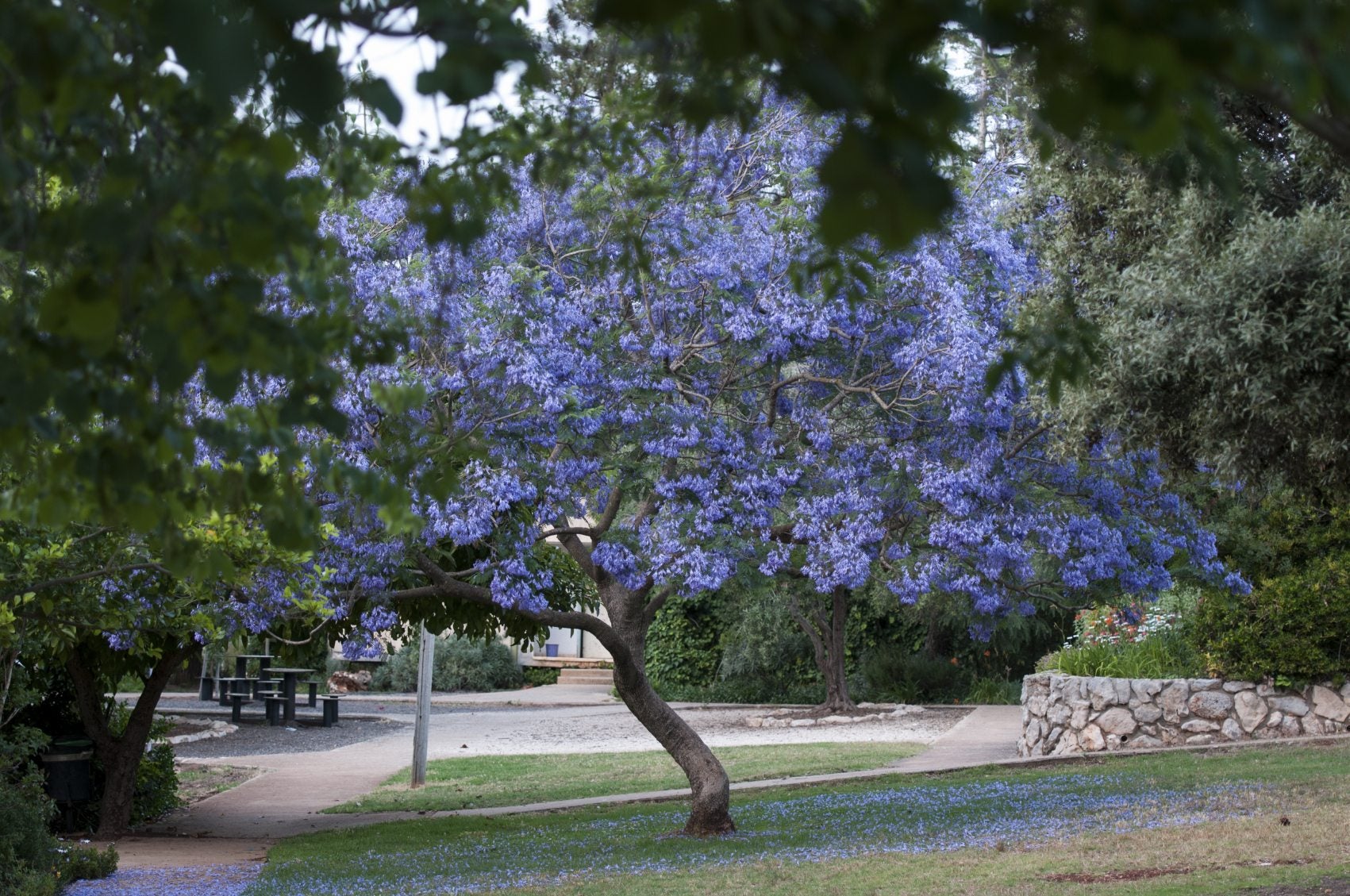 Jacaranda Pruning: Tips For Pruning A Jacaranda Tree
Jacaranda Pruning: Tips For Pruning A Jacaranda TreeProper pruning is vital for the healthy development of all trees, but it is especially important for jacarandas because of their rapid growth rate. This article tells you how to encourage strong, healthy growth through good pruning techniques.
By Jackie Carroll
-
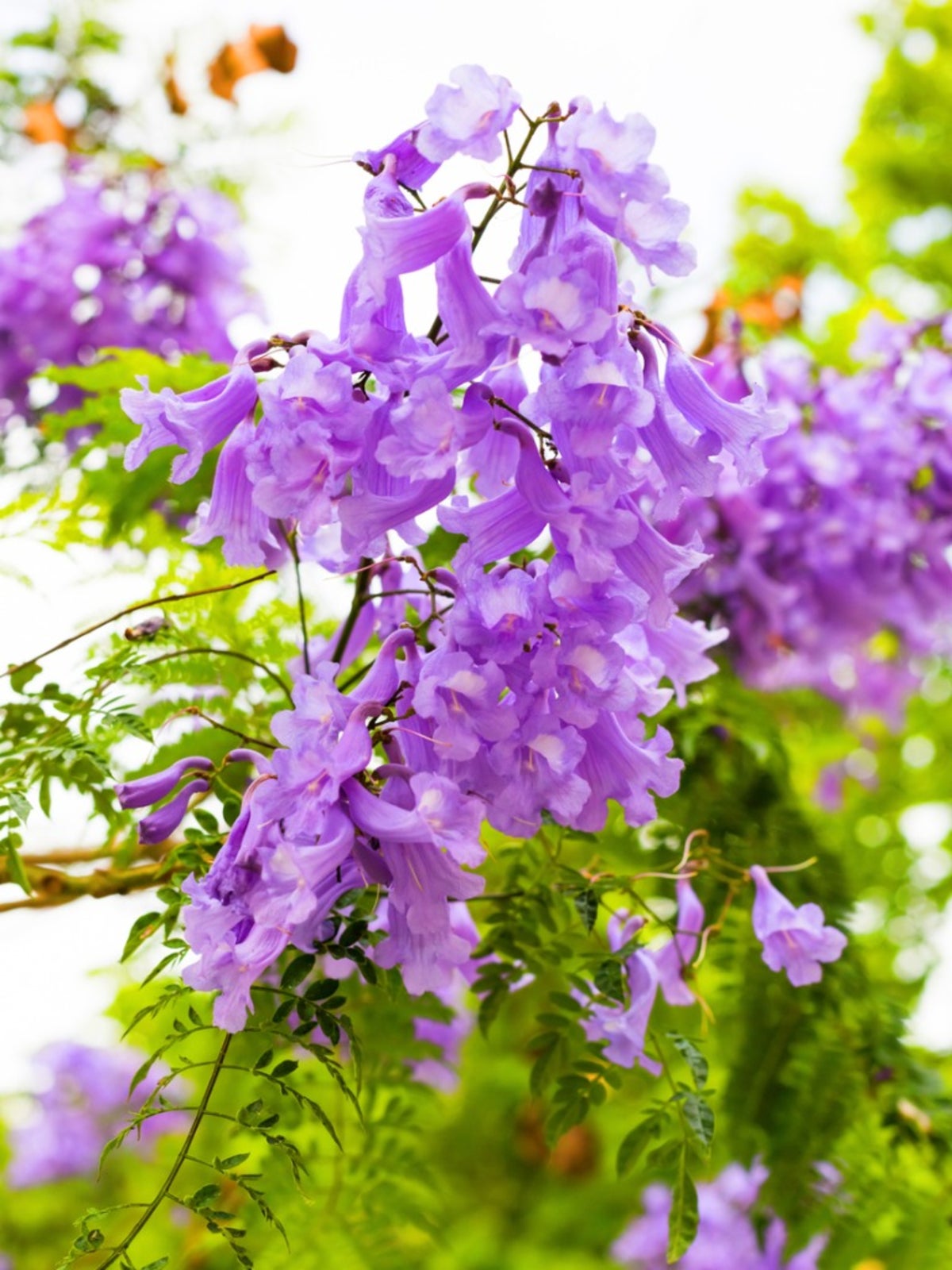 Jacaranda Tree Information - How To Grow A Jacaranda Tree
Jacaranda Tree Information - How To Grow A Jacaranda TreeThe first time someone sees a jacaranda tree, they may think they've spied something out of a fairy tale. Read this article to learn how to grow a jacaranda tree if you have the right environment.
By Anne Baley